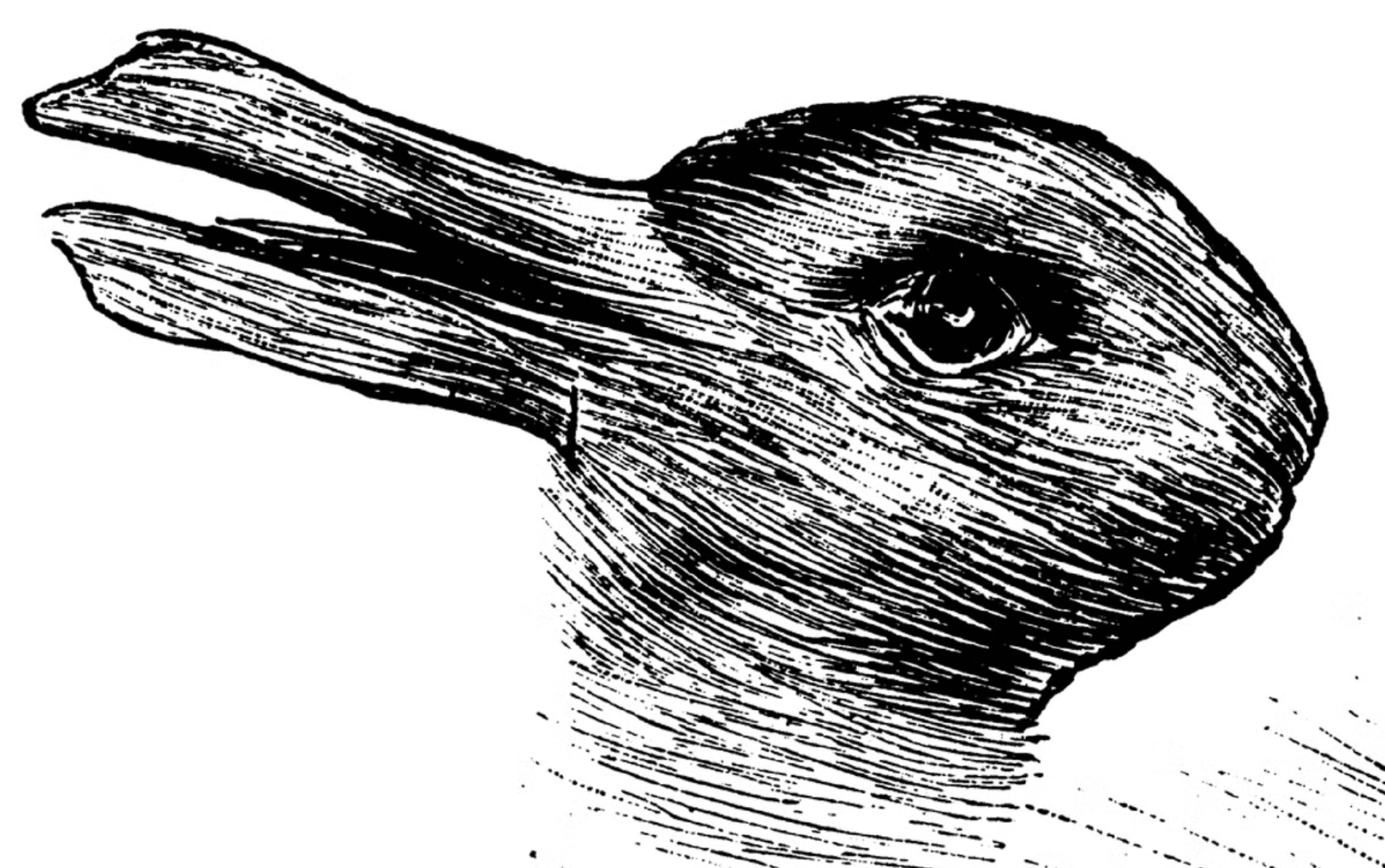
It was the day that many people demonstrated against racism and discrimination. The professor and the protestor had started talking to each other and it had become a long and thoughtful conversation. The protestor used words that the professor hadn’t heard very often that day, such as ‘appreciation’ and ‘decency.’ She also said that she had already written so many cover letters for job applications, but had never been invited for an interview. “I really don’t know what I can do about it,” the protester told the professor. Because she really didn’t know.
“History shows that discrimination is difficult to overcome when dealing with human processes,” the professor had once written. “Discrimination in data, by contrast, is easier to track down and much more straightforward to correct.”
The piece had been published in the newspaper and had attracted plenty of criticism.
“I’ve never really understood where that criticism came from even now,” said the professor to the protestor. Because he really didn’t know.
And so the professor and the protestor came up with a plan. Each of them invited two people to an online meeting dubbed “Can discrimination be deprogrammed?” The idea was to explore in all candor whether algorithms can thwart discrimination in the application process. Or at the very least, suppress it.
It was an extraordinary group that got together. A programmer, an HR manager, a taxi driver, and a managing director-who-had-just-retired. And, of course, the professor and the protestor.
The demonstrator shared her cover letter with the group. Once everyone had read the letter, she scoffed: “I have the feeling that my name doesn’t help with job applications.”
“Why is a name actually so important in a cover letter anyway?!” the taxi driver asked feistily. “Can’t we just leave it out?!”
“Or we could write a piece of programming that automatically generates gender-independent names,” the programmer replied.
And so the discussion very quickly got to the crux of the matter.
“References to gender, age, and ethnic origin can be removed from letters relatively easily,” said the HR manager “but in many cases, you can also deduce these from the use of words and you can’t leave that out.”
Then everyone was quiet for a moment.
“Ok, and what if we first translate the cover letter’s text into Bosnian, then Hungarian and then back to Dutch?” the programmer asked.
Things went quiet for a moment once more. Even quieter than before.
A day later the group met up again. The programmer had done some work and using a few lines of programming code, the following letter of motivation had emerged:
My name is Marijn Baardwijk [name automatically generated by behindthename.com] [age omitted] and I’m looking for a great new job. I am a spirited employee who has developed commercial and communication skills. I am a creative and analytical person who can work well with people. I do all I can in planning, organizing, and optimizing activities. I have humor and I am positive in life. I am socially engaged and work as a volunteer in the community center. My hobbies are reconnaissance and music. I am looking for a job that is challenging.
The group was surprised that the essence of the cover letter had not been lost, despite the somewhat strange choice of words and phrasing. Any potential references to gender, age, or ethnic origin were removed though.
“Lit!” the taxi driver exclaimed.
“Remarkable,” the managing director-that-had-just-retired noted.
And so the idea arose that if every cover letter would be transcribed in a similar way, invitations for follow-up interviews would only take place on the basis of content, and not on the basis of form.
“But what happens after that, if people are invited for an interview?” the HR manager asked ‘How can we discourage discrimination in that process?”
Nobody in the group had an answer to that. Because they really didn’t know.
“It always comes down to people again and again” sighed the director-who-had-just-retired.
About this column
In a weekly column, alternately written by Hans Helsloot, Eveline van Zeeland, Jan Wouters, Katleen Gabriels, Mary Fiers, Peter de Kock, Tessie Hartjes and Auke Hoekstra, Innovation Origins tries to find out what the future will look like. These columnists, occasionally supplemented with guest bloggers, are all working in their own way on solutions for the problems of our time. So tomorrow will be good. Here are all the previous IO articles in the series.







